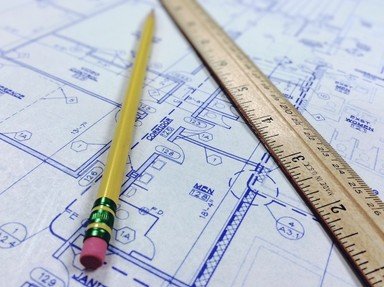Quiz Answer Key and Fun Facts
1. Gaudí's first built design (1883-8) was a summer house for Mañuel Vicens. What was included in the design as an advertisement for his business?
2. The Palau Güell (1886-9) was Gaudí's first work for his major patron, Eusebi Güell. Which region, dear to them both, does the building contains numerous references to?
3. At the College of Santa Teresa de Jesús (1888-9), Gaudí took over an existing project and built the upper floors of this (slightly) more sober building. Who was this building designed for?
4. Gaudí was heavily influenced by Gothic architecture when constructing the crypt of what was intended to be a church at the Güell Colony (1898-1917). Which usual feature of Gothic churches did he attach great importance to avoiding?
5. By the time Gaudí designed Bellesguard (1906-9), he had spent a great deal of time studying mediaeval architecture, and partly restoring Palma Cathedral. What was the main source for this dwelling?
6. Güell's grandest project was for 'Güell Park' (1900-1914). Was it originally intended that anyone should live in the park?
7. One famed feature of Güell Park is the benches Gaudí designed. What form do they take?
8. At the Casa Batlló, Gaudí remodeled a first floor flat and the entire façade of the building. Which new material did he use to great effect on the front?
9. The Casa Milá (1906-10) is known in Barcelona as 'La Pedrera', on account of its appearance. What is the English translation of 'La Pedrera'?
10. With increasing religious fervor, Gaudí spent the last forty-three years of his life working on a famous basilica in Barcelona, the Sagrada Familia. Which is the ornate transept shown in most photographs of the building?
Source: Author
riotgrrl
This quiz was reviewed by FunTrivia editor
thejazzkickazz before going online.
Any errors found in FunTrivia content are routinely corrected through our feedback system.
